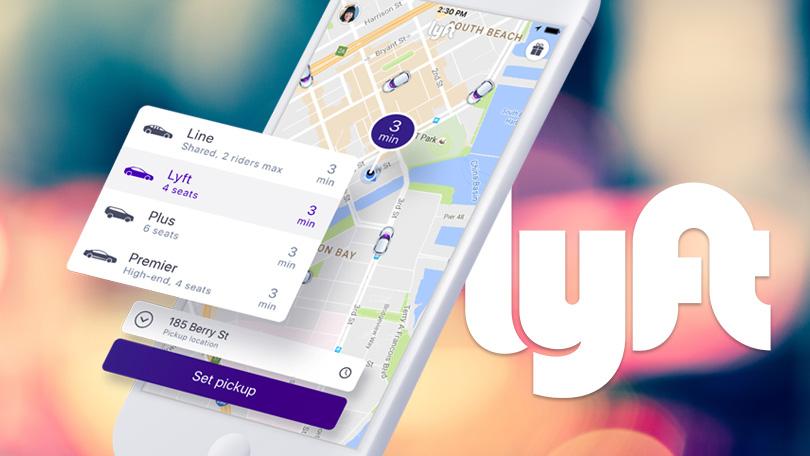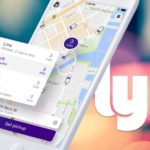Lyft takes a page from Uber’s playbook, introduces in-app ads to boost revenue and kill surging pricing

A ride-share price war is brewing and Lyft has opted not to take the same path as its rival, Uber. Earlier this month, Uber reported its first-ever operating profit. But when you dig down into the data, you will find that Uber was able to pull it off through a combination of price hikes and in-app ads, suggesting that advertising is poised to deeply integrate into the future landscape of ride-hailing economics.
Now Lyft has taken a page from Uber with the introduction of ads in its app to bolster revenue without resorting to fare increases. According to a report from The Wall Street Journal, Lyft is set to introduce ads within its app this week as part of its drive toward profitability. On Tuesday, Lyft projected an expected operating profit ranging between $75 million and $85 million for the third quarter.
While part of Lyft’s business model is to beat Uber on price, reduced fares have contributed to a 5% dip in revenue per rider in Q2 compared to the previous quarter, as revealed in the company’s financial report released on Wednesday. Nonetheless, the allure of lower prices appears to have attracted new riders, with the count of active riders (those who completed at least one ride during the quarter) rising from 19.6 million to about 21.5 million. Despite this progress, Lyft is yet to reach its financial peak from the pandemic era, while Uber has surpassed its pre-2020 rider figures.
Lyft is taking a page from its chief rival’s playbook in an effort to narrow the gap between them. Last October, Uber introduced its advertising division, aiming to secure $1 billion in ad bookings by 2024. As per Insider’s report, Uber commands a premium rate of $45 per thousand viewers for advertisers, surpassing rates on most social media platforms, to feature their ads.
Zach Greenberger, Lyft’s Chief Business Officer, shared with the WSJ that Lyft is actively pursuing the inclusion of video ads within their app, a move reminiscent of Uber’s approach. Uber’s Head of Advertising, Mark Grether, mentioned in a June WSJ interview that utilizing user data enables them to target passengers with video ads.
Nevertheless, Lyft is also steering away from steep price hikes. One of Lyft’s latest strategies to set itself apart from Uber is the discontinuation of surge pricing—a feature that raises prices during periods of high demand or seemingly at random intervals. Even Uber’s CEO, Dara Khosrowshahi, has been caught off guard by surge pricing. Just this week, a Wired journalist informed Khosrowshahi of a $50 charge for a mere 3-mile ride. “Oh my God. Wow” was Khosrowshahi’s response to Owen Wilson-esque.
The embattled Lyft has been struggling to reach profitability since its inception a decade ago. Early this year, Lyft founders stepped down and replaced with former Amazon exec David Risher wss named CEO in an executive shake-up.
Founded in 2012 by John Zimmer and Logan Green, the San Francisco, California-based Lyft is a peer-to-peer transportation platform founded in 2012 to connect passengers who need rides with drivers willing to provide rides using their own personal vehicles. The company currently operates in 68 cities across the U.S.

